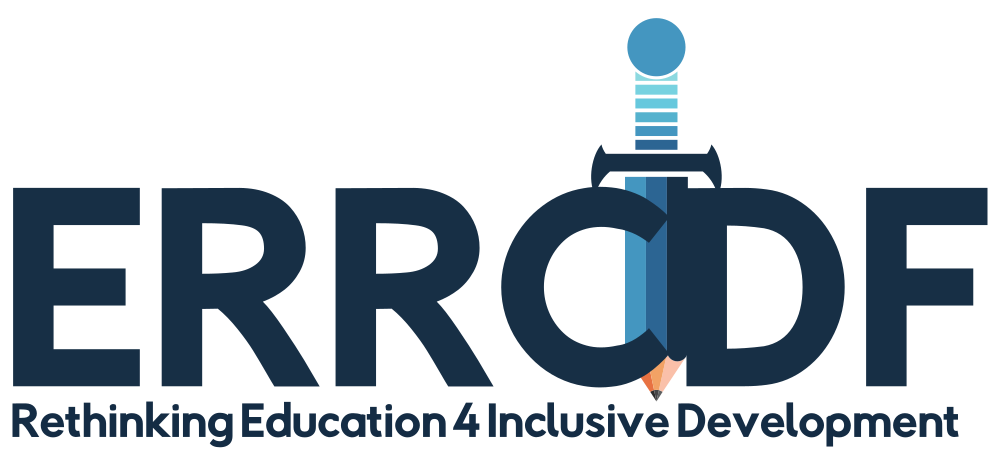Chapter 5: Visualisation as a teaching strategy
DOI:
https://doi.org/10.38140/obp1-2024-05Keywords:
Visualisation, teaching, mental representations, classroom instruction, role-playAbstract
Chapter 5, "Visualisation as a Teaching Strategy," introduces visualisation in classroom settings, highlighting its characteristics, benefits, limitations, and practical guidelines. Visualisation is a powerful instructional method that enables students to create mental representations of studied materials, thereby enhancing comprehension across subjects. It involves various strategies, such as mental imaging, visual aids, simulations, art, and role-play, all aimed at making content memorable and engaging. Visualisation fosters creativity and critical thinking by transforming abstract ideas into more accessible, concrete forms. Techniques like simulations and role-play help students immerse themselves in complex concepts, leading to deeper engagement. However, visualisation has certain limitations, including high costs, limited accessibility, and the potential for overreliance on visuals. Educators are advised to follow specific "dos" and "don'ts" when implementing visualisation strategies to ensure effectiveness. Key practices include using colours, charts, and real-world examples to clarify information, experimenting with diverse tools, providing constructive feedback, encouraging collaboration, and incorporating hands-on activities. Case Studies A and B in this chapter illustrate the impact of visualisation on teaching and reading comprehension. Teachers are reminded to avoid common pitfalls to create impactful visual aids that foster student engagement and support the learning experience.
References
Abdelhamid, I. Y., Yahaya, H., & Shaharuddin, H. N. (2023). Assessing the impact of gamification on academic achievement and student perceptions of learning Arabic grammar: A quasi-experimental study. International Journal of Research in Business and Social Science, 13(5), 760-773.
Diah, I., Mahanal, S., Zubaidah, S., & Setiawan, D. (2023). The effect of RICOSRE via online platform on tenth-graders’ analytical thinking skills in classification of living things. In AIP Conference Proceedings (Vol. 2569, No. 1). AIP Publishing.
Eberhard, K. (2023). The effects of visualization on judgement and decision-making: a systematic literature review. Management Review Quarterly, 73(1), 167-214.
Kelly, B. T., & Kortegast, C. A. (Eds.). (2023). Engaging images for research, pedagogy, and practice: Utilizing visual methods to understand and promote college student development. Taylor & Francis.
Pettersson, R. (2020). Using images. Institute for Infology.
Presmeg, N. C. (1992). Prototypes, metaphors, metonymies and imaginative rationality in high school mathematics. Educational Studies in Mathematics, 23, 595-610.
Shatri, K., & Buza, K. (2017). The use of visualization in teaching and learning process for developing critical thinking of students. European Journal of Social Sciences Education and Research, 4(1), 22 – 25.
Qiu, X., & Fang, C. (2022). Creating an effective English-Medium Instruction (EMI) classroom: Chinese undergraduate students’ perceptions of native and non-native English-speaking content teachers and their experiences. International Journal of Bilingual Education and Bilingualism, 25(2), 641-655.
Schwalbe, G., & Finzel, B. (2023). A comprehensive taxonomy for explainable artificial intelligence: A systematic survey of surveys on methods and concepts. Data Mining and Knowledge Discovery, 1-59.
Zulu, M. W., & Mudaly, V. (2023). Unveiling problem-solving strategies of pre-service mathematics teachers: A visual and discursive exploration. Eurasia Journal of Mathematics, Science and Technology Education, 19(7), em2299.
Downloads
Published
Issue
Section
License
Copyright (c) 2024 Cosmas Maphosa, Sithulisiwe Bhebhe

This work is licensed under a Creative Commons Attribution 4.0 International License.









